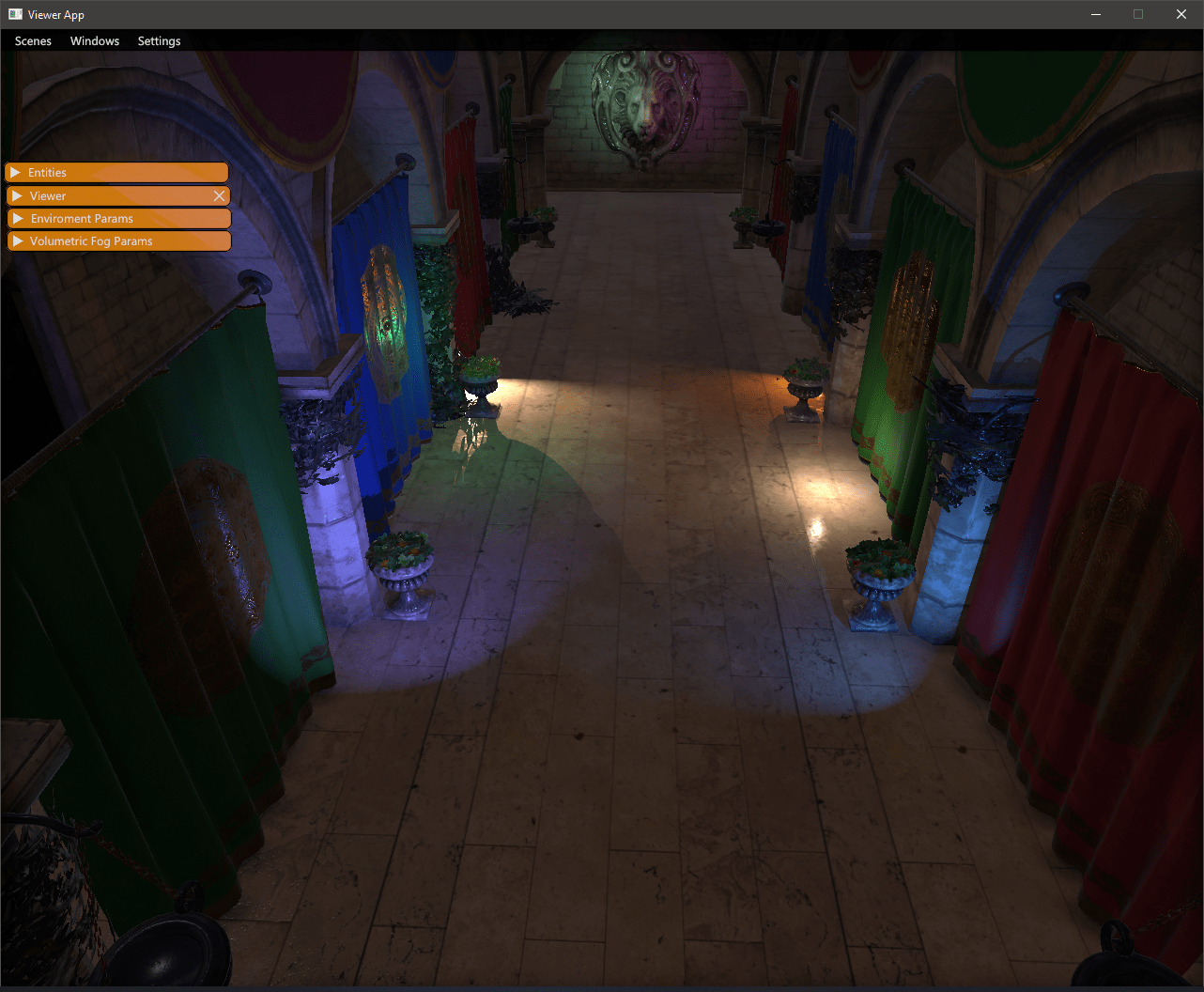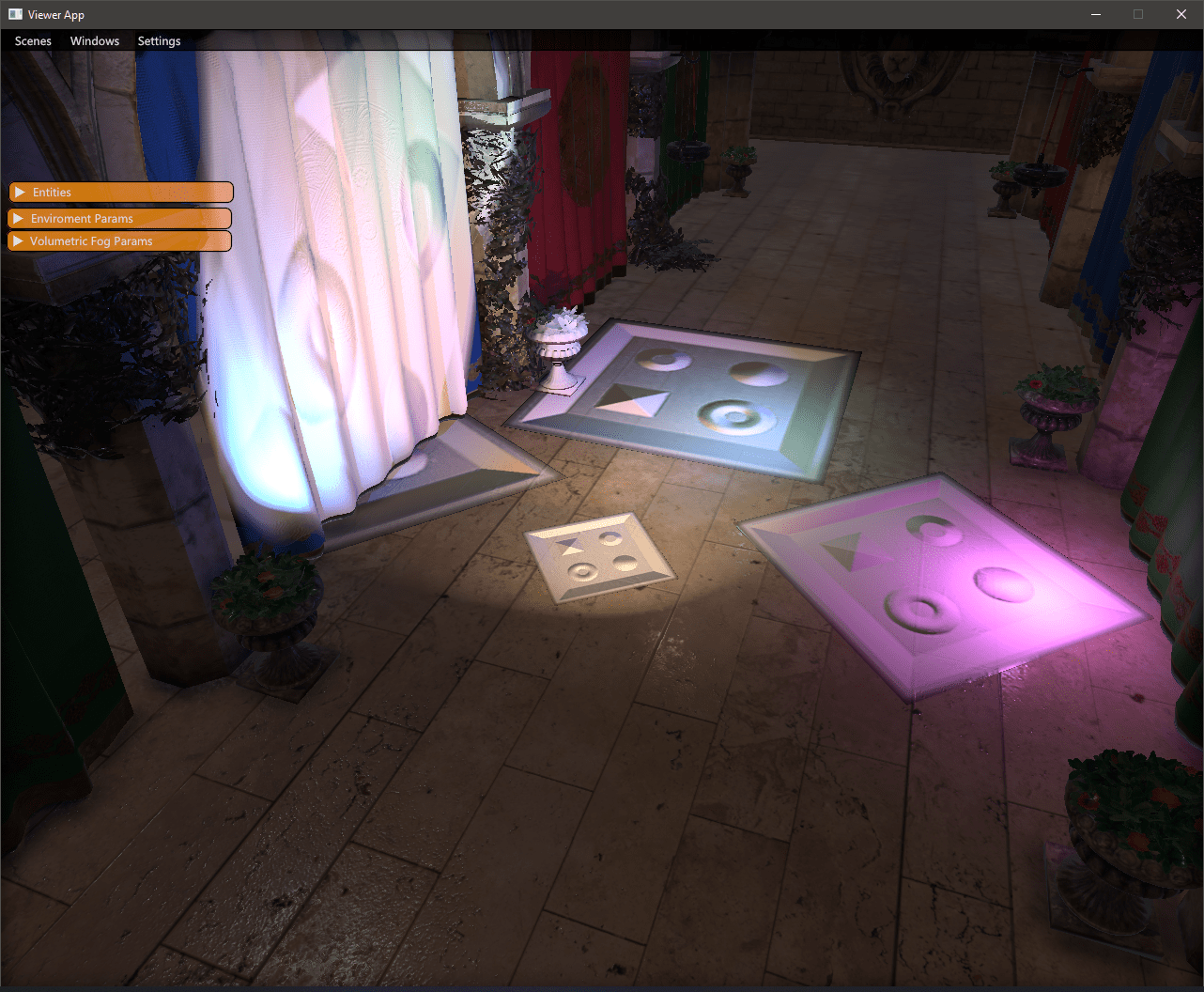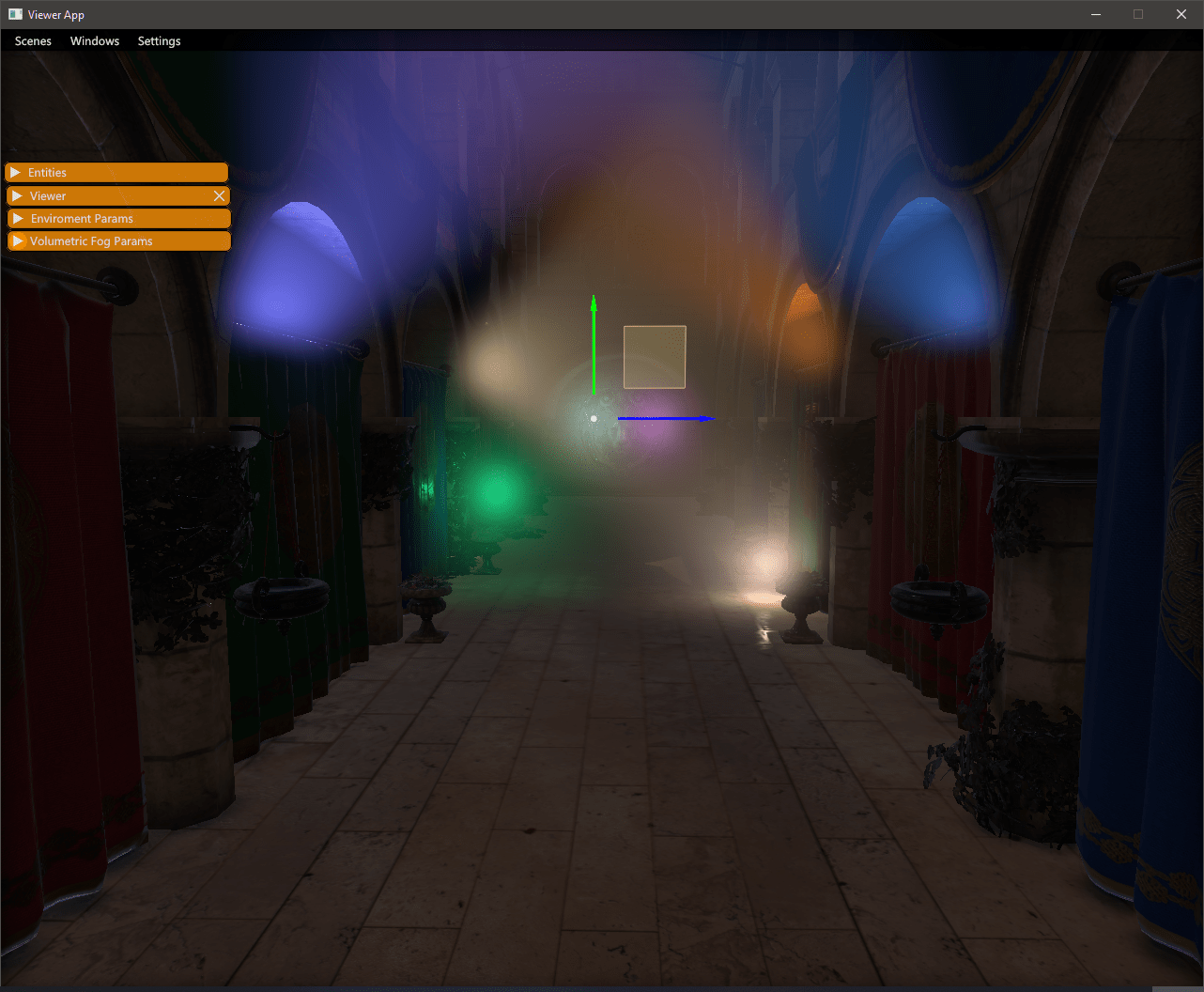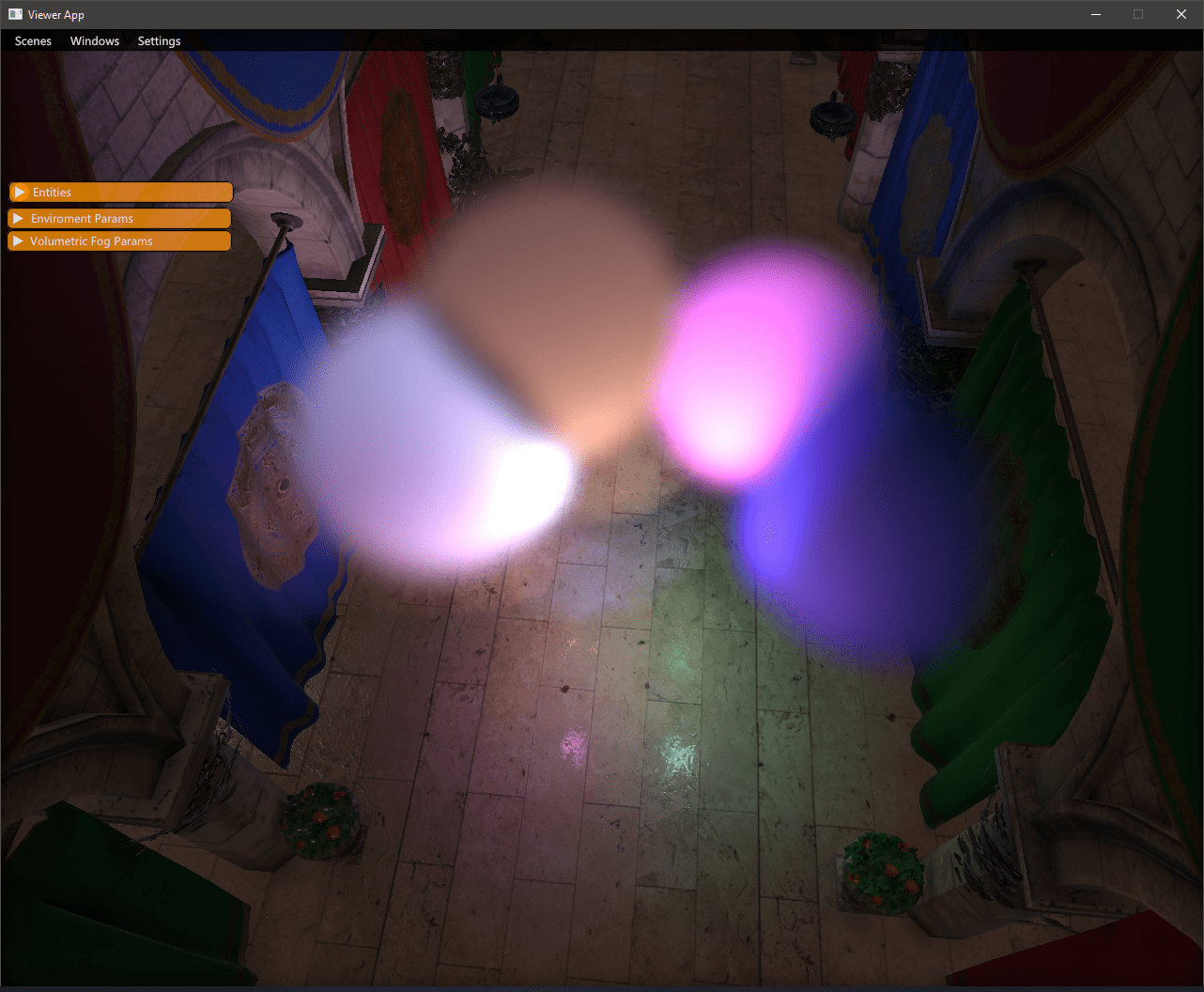gscept / Nebula
Projects that are alternatives of or similar to Nebula
Nebula engine
Get in contact on Discord! https://discord.gg/wuYPxUF
Check out the documentation (WIP) here: https://gscept.github.io/nebula-doc/
Requirements
- OS: Windows and Linux(WIP)
- Compiler with support for C++17.
- GPU and drivers supporting Vulkan 1.2+
- CMake 3.13+
-
Python 3.5+
- Python requirements (Windows):
- Matching architecture (64-bit if you're building for 64-bit systems)
- Installed for all users
- Added to PATH
- Installed with debugging symbols and binaries
- Python requirements (Windows):
Setup
Setup config
-
./fips set config vulkan-win64-vstudio-debugin your project directory
Build project
In your project directory:
fips fetch-
fips physx build win-vs16(if you are running VS 2017, usewin-vs15instead) fips anyfx setupfips buildfips physx deploy
Set environment variables
Remember to run fips nebula verb to set work and toolkit directory registry variables:
fips nebula set work {PATH}fips nebula set toolkit {PATH}
Features
Nebula is being developed continuously, which means that features keep getting added all the time. Currently, we support this:
- Completely data-driven design from bottom to top.
- Data structure suite, from containers to OS wrappers, everything is designed for performance and minimal call stacks.
- Multithreading.
- SSE-accelerated and intuitive maths library.
- Full python supported scripting layer.
- Advanced rendering framework and shaders.
- Test-benches and benchmarking.
- Profiling tools.
Rendering
A lot of effort has been made to the Nebula rendering subsystem, where we currently support:
- Unified clustering system - fog volumes, decals and lights all go into the same structure.
- Screen-space reflections - working condition, but still work in progress.
- SSAO - Horizon-based ambient occlusion done in compute.
- Physically based materials and rendering.
- Multi-threaded subpass recording.
- Shadow mapping for local lights and CSM for global/directional/sun light.
- Volumetric fog and lighting.
- Geometric decals.
- CPU-GPU hybrid particle system.
- Skinning and animation.
- Scripted rendering path.
- Vulkan.
- Tonemapping.
- Asynchronous compute.
- Virtual texturing using sparse binding.
- Fast and conservative GPU memory allocation.
Entity system
Nebula has historically had a database-centric approach to entities. With the newest iteration of Nebula, we've decided to keep improving by adopting an ECS approach, still keeping it database-centric.
- Data-oriented
- Data-driven
- Minimal memory overhead per entity.
- High performance without compromising usability or simplicity
- Blueprint and template system for easily instantiating and categorizing entity types.
- Automatic serialization and deserialization
Screenshots
Deferred Lighting using 3D clustering and GPU culling.
 Geometric decals, culled on GPU and rendered in screen-space.
Geometric decals, culled on GPU and rendered in screen-space.
 Volumetric fog lighting.
Volumetric fog lighting.
 Local fog volumes.
Local fog volumes.
 Profiling tools.
Profiling tools.

